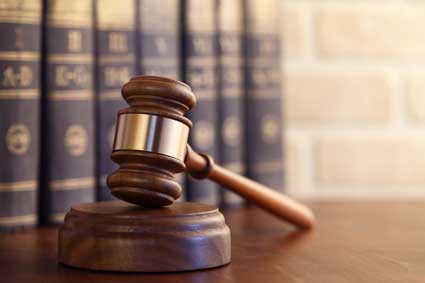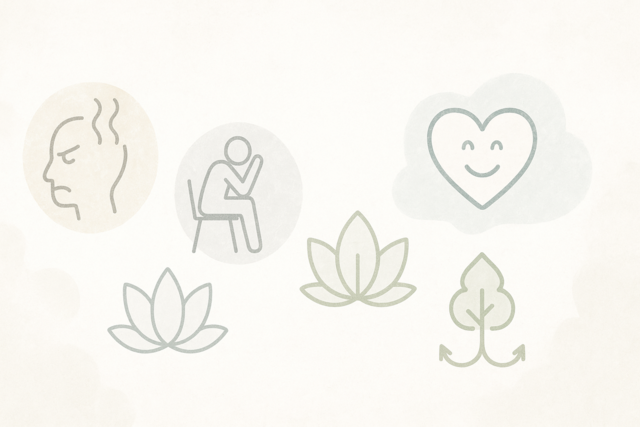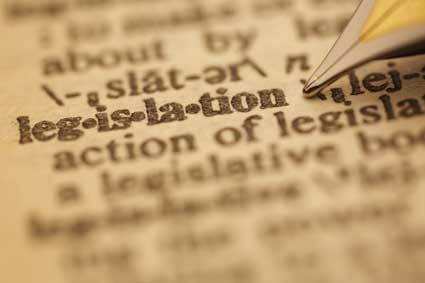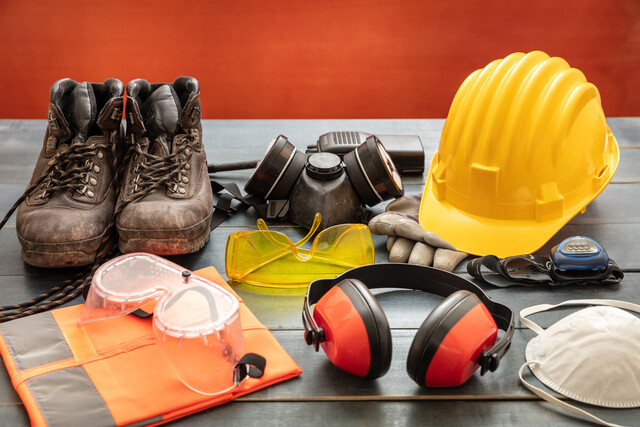?
Definition:
Criminal justice is the scientific application and study of law, natural sciences, and procedures to the social phenomena of crime, negligence, and irresponsibility.
Who is involved?
Criminal justice includes anyone who studies crime and law as it pertains to society such as the police, those in our judicial system, and legal experts (attorneys and lawyers who defend or prosecute the accused criminals). Others in the criminal justice system include those who work toward making changes in the current system of criminal justice such as members of appeals courts all the way up to the Supreme Court.
What is involved?
Criminal justice is also involved with society at large, working to ensure that a fair trial is given to citizens of our country and other countries as well as to establish just retribution for victims of a crime. All who are involved in the detection, arrest, prosecution, defense, and judgment of a suspect strive very hard to be fair. This gives weight to the word "justice". Sometimes this goal of justice is not always met. This gives people incentive to work toward creating more flexibility in the application of particular laws or to change laws that are unfair. Sometimes even the judicial system has to be reviewed to change how a law has previously been interpreted.
Criminal Justice addresses criminal behavior as it relates to the law.
Where do those involved in criminal justice work?
Police Officers: Under the loose term of "criminal justice" work many police officers who call their training criminal justice. They train and study to learn exactly what powers they hold in relationship to a suspect and what powers they do not have. They are trained on how to legally direct criminal justice in their capacity in law enforcement.
Lawyers: Lawyers who specialize in criminal justice will work to either defend or prosecute suspected criminals. They will prepare specifically for this type of legal work. They will be required to know the laws, the rights, and privileges of victims and suspects in order to ensure justice in both the court and law enforcement system.
FBI/CIA: Many who decide to pursue a career in the FBI or the CIA will get a four year degree in criminal justice. Those who work toward such a degree will study not only the law, but will learn to evaluate the law.
Forensics: As discussed in the previous lesson, many who pursue criminal justice degrees will work in the quickly developing field of forensics.
Sociology: Criminal justice is concerned with the social impact of crime and the ethics of either the crime or the punishment.
Drawbacks:
Criminal justice is not always just. As with just about every slice of life, there are good and bad aspects to everything. There are good and bad policemen. Judges who give lenient sentences, and others who sentence too harshly. There are exceptional lawyers and those who have no good understanding of the law. Misfiring of criminal justice leads to room for improvement. It is essential to work toward the goal of the best criminal justice possible, establishing fair practices in the field and its applications.
How Criminal Justice relates to Death Investigation:
Criminal Justice was established to provide fair treatment of those who are the victims of some sort of crime as well as those who are suspects in a crime.
Crime can be defined in a variety of ways. Consider the sociological aspects of major events in our history:
Industrial Revolution:
In the late 1700s, a phenomenon called the Industrial Revolution came about. Loosely speaking, it was a way of speeding up processes of textile manufacture, metallurgy, mining, glass making, agricultural processes with the use of steam power, chemicals, machine tools, and human cost.
Social Effects:
The Industrial Revolution initially demonstrated that the middle class were able to compete with the nobility and the gentry. Initially, ordinary working people were happy to have greater opportunities to find employment in the new mills and factories, regardless of the pay or the working conditions.
Labor Concerns: What they soon discovered was that they were required to work under very strict conditions; long hours with the pace set by the machines and sometimes required to live in appalling conditions. Even before the Industrial Revolution, there were concerns about child labor problems, dirty living conditions, and long working hours as evidenced in the novels by Charles Dickens. However, with the increase in population density as a direct result of established mills and factories, the human cost of such progress became very visible.
It was too high a price to pay.
Public outcry is responsible for the changes that were implemented. This is evidence of Criminal Justice being involved in changes in society. Unfair labor practices and unsafe working conditions were both responsible for numerous deaths of both adults and children. At first the factory, mill, and mine owners resisted, believing that they were helping starving families make a sort of living. In 1833 and 1844, the first general laws regarding child labor called the Factory Acts were passed in England.
About the same time, the U.S. began to establish laws restricting or prohibiting the employment of children in industry. By the late 1800s there were over 1600 laws passed regulating work conditions, however these laws did not apply to immigrants, and in many places child labor laws were just ignored. Efforts to push for laws protecting children were actually stalled as the U.S. Supreme Court ruled several times that child labor laws were unconstitutional.
It was not until 1904 that the National Child Labor Committee was organized by socially aware citizens and was chartered by Congress in 1907. However, it was not until 1938 when Congress passed the Fair Labor Standards Act that things really began to change and the Act was declared constitutional in 1941 by the U.S. Supreme Court. This Act protected both children and adults in the workplace.
Disease: Housing was another big issue in the early days of the Industrial Revolution. Living conditions for the workers of the factories, mills, and mines were those of squalor. Many of the workers were poor despite their new jobs. They lived in very small houses, crammed together with shared toilet facilities, open sewers, and constant moisture and inadequate heat.
Disease was spread through the contaminated water supplies. Conditions did not improve even though public health acts were introduced covering such issues as sewers, hygiene, and disease containment. Huge numbers of people died because of the diseases that spread through their cramped living conditions and dangerous working conditions.
Miners suffer from Black Lung disease, otherwise known as coal workers' pneumoconiosis, caused by long exposure to coal dust.
Cholera was spread through polluted water and threatened to become an epidemic.
Typhoid, similarly transmitted through unsafe water usage practices.
Smallpox, because a vaccine to prevent it had not yet been created.
Criminal Justice and Society:
It is now obvious that Criminal Justice plays a very major role in the quality of life in America and throughout the world. As you have seen, advances in technology do not always promote better living conditions for people. Because capitalism is key, the owners of the mills, factories, and mines established during the Industrial revolution had to be forced by law to make changes.
Such examples have led to the establishment of Workplace Safety Standards giving rise to the Occupational Safety and Health Administration (OSHA) created in 1970. OSHA's job is to prevent work-related injuries, illnesses, and deaths by developing standards for workplace safety and health.
The second development is the term Public Health. This system was first formally defined in 1920 as the "science and art of preventing disease, prolonging life, and promoting health through the organized efforts and informed choices of society, organizations, public and private, communities and individuals," as defined by C.E.A. Winslow.
























